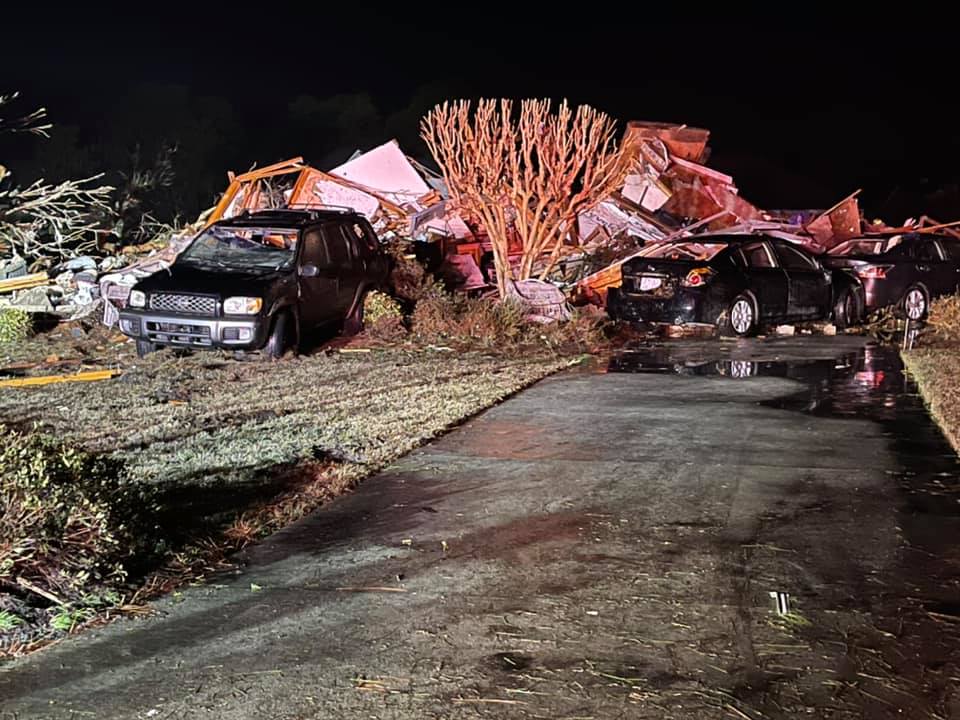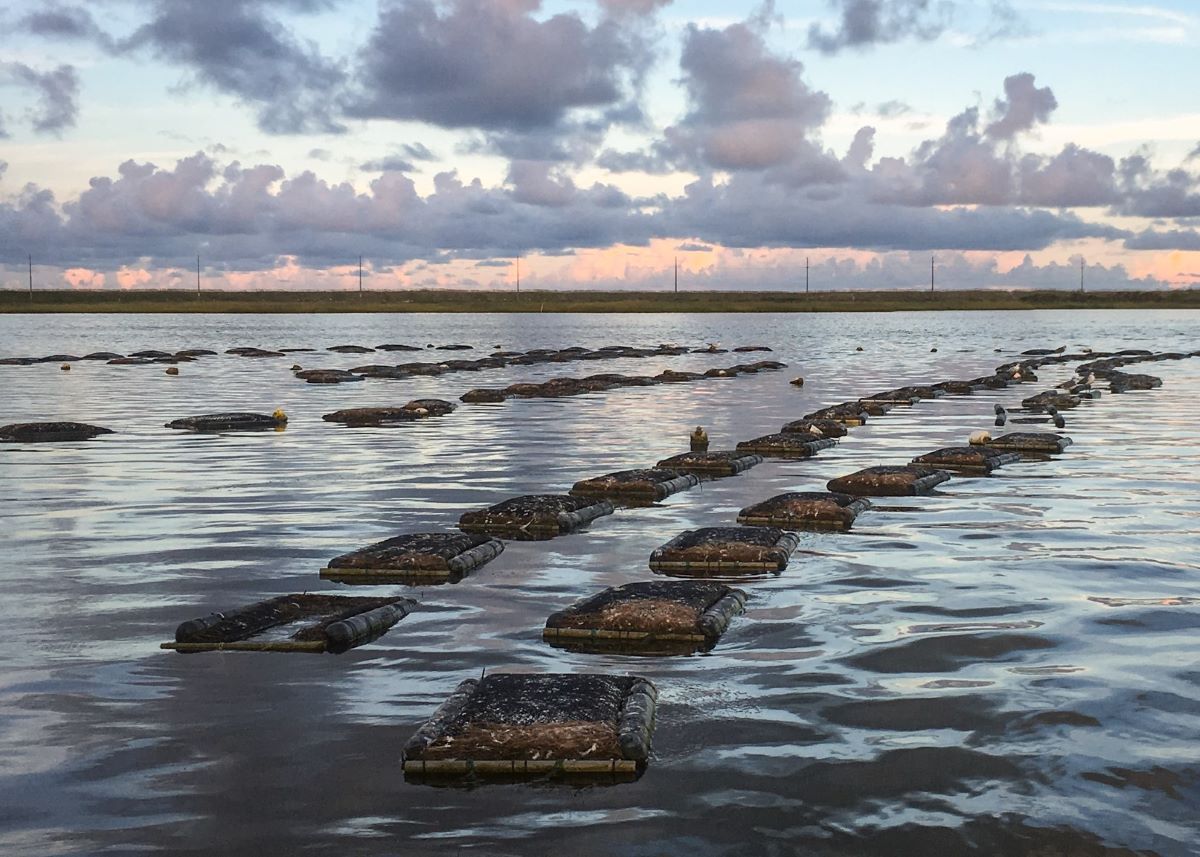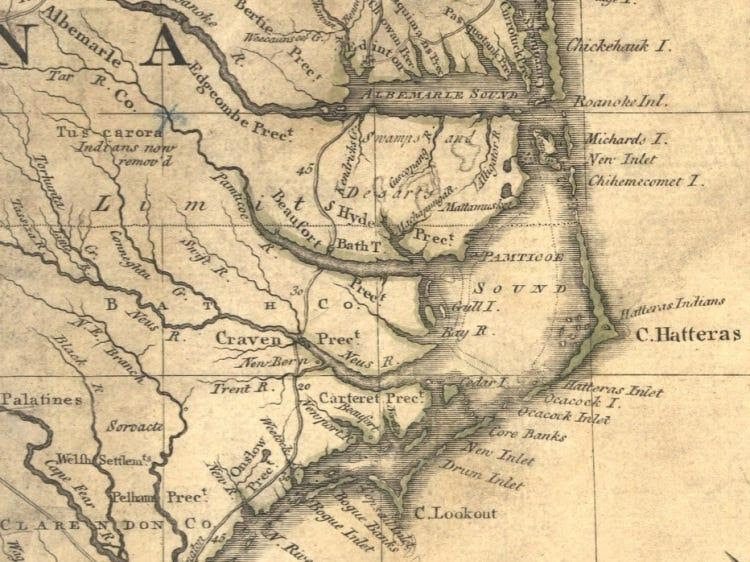
There will be a statewide tornado drill at 9:30 a.m. Wednesday as part of Severe Weather Preparedness Week, which is Sunday to March 13.
In a release from Gov. Roy Cooper’s office declaring March 7-13 Severe Weather Preparedness Week, he urges residents to prepare and practice safety plans in case severe weather strikes.
Sponsor Spotlight
Severe thunderstorms and tornadoes are not unusual in the state, and while spring is the most active season for severe weather, the recent thunderstorms that resulted in a deadly tornado in southwestern Brunswick County prove they can happen anytime of the year, according to the governor’s office.
“All North Carolinians need to prepare for severe weather, especially severe thunderstorms and tornados,” Cooper said in a statement. “We have seen the devastation and deadly results these storms can bring. Having a preparedness plan, an emergency kit and a way to stay alert to weather reports will help protect you and your loved ones.”
Test messages for the tornado drill will be broadcast via the Emergency Alert System on radio, television and on National Oceanic and Atmospheric Administration weather radios.
During the tornado drill, move to the lowest floor and the most interior room of the building, while wearing a mask and staying at least 6 feet away from people with whom you don’t live.
Sponsor Spotlight
“We recognize the challenges of holding a tornado drill in the workplace during COVID. If possible, hold the drill in small groups at different times, where social distancing can be maintained but still allows everyone to have the experience. The drill is a great way to practice what to do when severe weather strikes,” said Emergency Management Director Mike Sprayberry.
In 2020, the state recorded 48 tornado touchdowns, including one that spun up as a result of Hurricane Isaias in Bertie County, leaving two people dead. There were also 247 flood or flash flood events across the state and 609 severe thunderstorms with damaging winds or hail of 1-inch or larger, according to the state.
Tornadoes form during severe thunderstorms when winds change direction and increase in speed. These storms can produce large hail and damaging winds that can reach 300 miles per hour. A tornado can develop rapidly with little warning, so having a plan in place will allow you to respond quickly.
Emergency Management officials recommend the following safety tips:
- Develop a family emergency plan so each member knows what to do, where to go and who to call during an emergency.
- If thunder roars, go indoors. Lightning is close enough to strike you.
- Know where the nearest safe room is, such as a basement or interior room away from windows.
- Know the terms: WATCH means severe weather is possible. WARNING means severe weather is occurring; take shelter immediately.
- Assemble an emergency supply kit for use at home or in your vehicle. Make sure to include a three-day supply of nonperishable food and bottled water.
- If driving, leave your vehicle immediately to seek shelter in a safe structure. Do not try to outrun a tornado in your vehicle and do not stop under an overpass or bridge.
- If there is no shelter available, take cover in a low-lying flat area.
Get more information on tornadoes and overall emergency preparedness online at www.ReadyNC.org.







